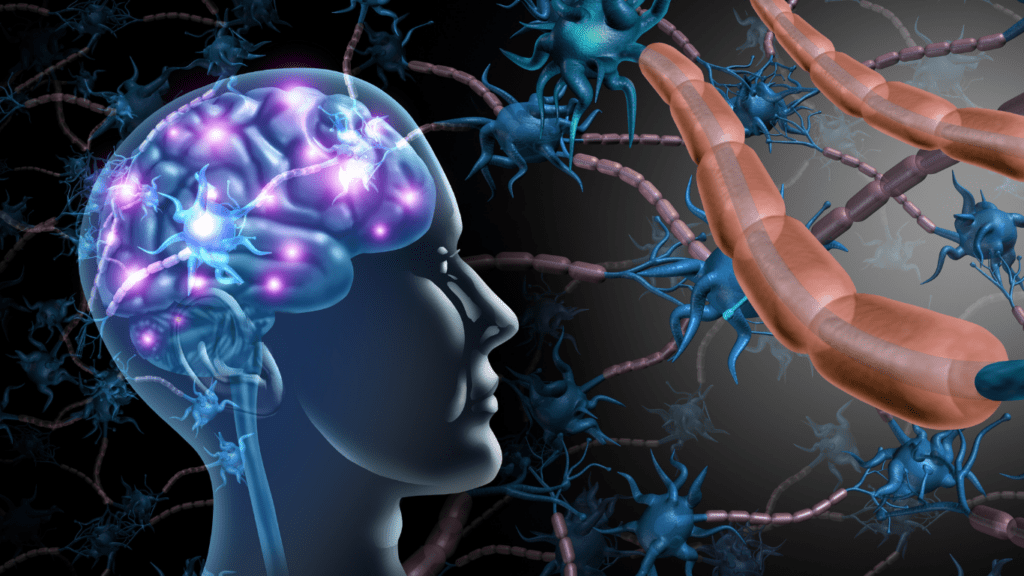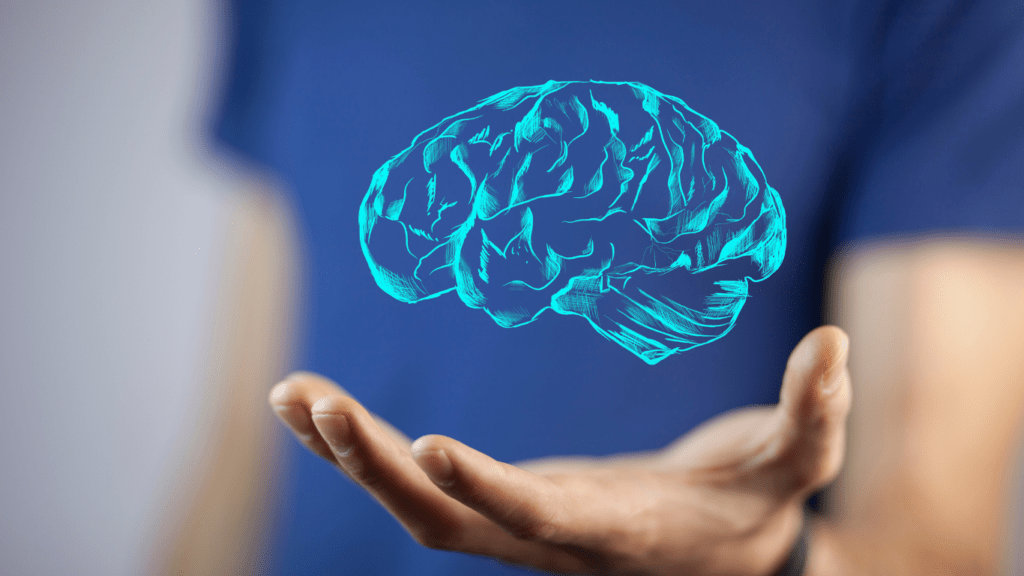The human brain has always fascinated me—its complexity, its potential, and the mysteries it holds. In recent years, neurofeedback and brain mapping have emerged as groundbreaking tools to unlock those mysteries, offering incredible insights into how our minds work. These technologies aren’t just for scientists; they’re shaping how we approach mental health, performance, and even daily well-being.
Understanding Neurofeedback And Brain Mapping
Neurofeedback and brain mapping are revolutionizing how we study and enhance brain function. These technologies leverage advanced data and imaging to facilitate targeted interventions and optimize mental well-being.
Basics Of Neurofeedback
Neurofeedback, a subset of biofeedback, trains individuals to regulate brain activity. It uses real-time displays of brain signals, measured through electroencephalography (EEG), to promote self-regulation. By identifying irregular patterns, neurofeedback enables targeted improvements in conditions like:
- ADHD
- anxiety
- PTSD
For example, alpha-wave enhancement supports relaxation, while beta-wave modulation improves focus. Clinicians often customize training protocols based on individual neural profiles, enhancing success rates.
Fundamentals Of Brain Mapping
Brain mapping visualizes the brain’s structure and function in detail, facilitating diagnosis and treatment. Techniques like quantitative EEG (qEEG), functional MRI (fMRI), and magnetoencephalography (MEG) evaluate neural connectivity and activity levels. For instance, qEEG generates topographical maps of brainwave patterns, while fMRI reveals regions activated during specific tasks. These insights accelerate advances in neuromodulation therapies and precision medicine. Tailored interventions, guided by brain maps, have shown measurable outcomes, such as reducing seizure episodes and enhancing cognitive performance.
Key Advances In Neurofeedback

By 2025, neurofeedback is leveraging technological innovations and refined methodologies to deliver more effective and tailored interventions. These advancements are setting new benchmarks for accuracy, accessibility, and personalized brain training solutions.
Emerging Technologies In 2025
- Enhanced sensor designs are improving EEG signal clarity, resulting in more precise brain activity measurements.
- Next-generation headsets integrate AI algorithms to detect subtle neural patterns and predict responses, streamlining real-time feedback.
- Portable neurofeedback devices are now equipped with cloud connectivity, facilitating remote monitoring and therapy.
- Virtual reality (VR) is merging with neurofeedback to offer immersive treatment environments for conditions like PTSD and phobias.
- Wearable neuromodulation systems, combining transcranial electrical stimulation and EEG feedback, are targeting specific brain regions with increased precision.
Improved Accuracy And Personalization
AI-driven analytics are revolutionizing brain mapping and neurofeedback by offering detailed analyses of individual neural activity. Custom protocols based on qEEG or fMRI data are aligning treatment plans with specific cognitive or behavioral goals. These tailored approaches enhance therapeutic outcomes for ADHD, trauma, and sleep disorders.
Integration of genetic profiling is allowing clinicians to adapt neurofeedback strategies to each person’s neurophysiological characteristics. Advanced mapping software generates high-resolution topographical brain maps, supporting better identification of dysfunctions and optimizing training effectiveness. Data from these systems is enhancing precision medicine applications, improving recovery metrics across diverse populations.
Breakthroughs In Brain Mapping
Innovative technologies in brain mapping are redefining how researchers and clinicians understand neural structure and function. By 2025, these advancements are providing unprecedented detail and accuracy in diagnosing, monitoring, and treating neurological and psychological conditions.
Innovations In Mapping Techniques
Advanced imaging methodologies like ultrafast functional MRI (Uf-fMRI) and high-density quantitative EEG (Hd-qEEG) enhance spatial and temporal resolution. Uf-fMRI now captures sub-second brain activity, enabling precise identification of dynamic neural processes, such as those linked to attention and memory formation. Hd-qEEG, with over 256 electrodes, delivers detailed cortical activity patterns, improving diagnostic precision for epilepsy and traumatic brain injuries.
Emerging techniques such as magnetoencephalography (MEG) with cryogen-free sensors reduce hardware dependency while maintaining accuracy. These systems expand accessibility to non-invasive brain monitoring, particularly in mobile diagnostic settings. Hybrid modalities, combining PET scans with fMRI or EEG data, generate multidimensional brain maps that integrate metabolic and functional information. These fusion techniques support personalized treatment plans in conditions like dementia and major depressive disorder.
Integration With Artificial Intelligence
Artificial intelligence enhances brain mapping workflows by automating data analysis and improving interpretation accuracy. Machine learning algorithms process large datasets from modalities like fMRI, detecting subtle neural activity changes related to early-stage neurological conditions, including Alzheimer’s disease. AI frameworks, integrated with real-time qEEG assessments, guide neuromodulation therapies for ADHD and anxiety with adaptive precision.
Generative AI enables simulation-based brain modeling, reconstructing virtual neural ecosystems to predict treatment outcomes. For instance, AI-powered simulations assess the efficacy of targeted transcranial stimulation interventions before implementation. Neural network visualization tools allow clinicians to analyze brain connectivity patterns, identifying disruptions in functional networks associated with PTSD or autism.
Cloud platforms embedded with AI solutions streamline accessibility, supporting real-time collaboration between experts and improving the scope of remote diagnostics. These developments amplify the impact of brain mapping tools on clinical efficacy and research productivity.
Applications Of Neurofeedback And Brain Mapping In 2025
The applications of neurofeedback and brain mapping in 2025 reflect significant progress in medical, therapeutic, and cognitive domains. These technologies offer tailored solutions, integrating advanced tools to address specific needs effectively.
Medical And Therapeutic Applications
Neurofeedback and brain mapping are transforming medical and therapeutic approaches in 2025. For neurological disorders like epilepsy, quantitative EEG (qEEG) pinpoints seizure triggers, enabling precise neurofeedback protocols and reducing episodes. PTSD treatment benefits from virtual reality-based neurofeedback, coupling immersive environments with real-time brain activity monitoring to build resilience. For ADHD, custom neurofeedback plans based on brain mapping identify unique dysregulated patterns, enhancing attention and emotional regulation.
In mental health care, detailed functional MRI (fMRI) maps guide treatment for anxiety and depression by visualizing affected neural networks. Magnetoencephalography (MEG) delivers non-invasive insights into real-time neural dysfunction, improving diagnostic accuracy for early-stage Alzheimer’s. Advanced hybrid imaging promotes the creation of multidimensional, patient-specific treatment plans for complex disorders, driving success rates in precision medicine.
Enhancing Cognitive Performance
In 2025, neurofeedback applications extend to enhancing cognitive abilities. Elite athletes and professionals use brain mapping-driven protocols to optimize focus, reaction times, and stress management. Next-generation EEG headsets with AI-driven analytics evaluate neural efficiency during training, identifying areas for improvement.
Students utilize portable neurofeedback systems to boost memory, processing speed, and learning retention. Entrepreneurs leverage neurofeedback tools aligned with their brain maps for strategic decision-making and creativity. High-resolution imaging techniques combine with genetic data for personalized cognitive optimization strategies—emphasizing adaptability across age groups and goals.





